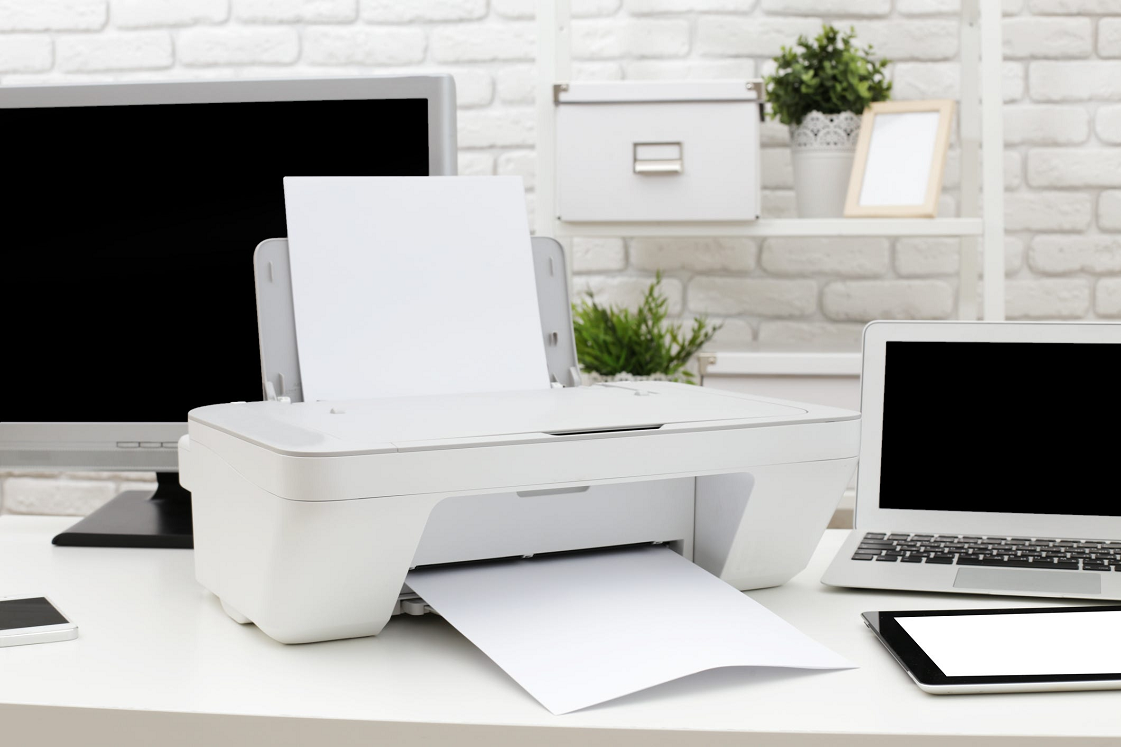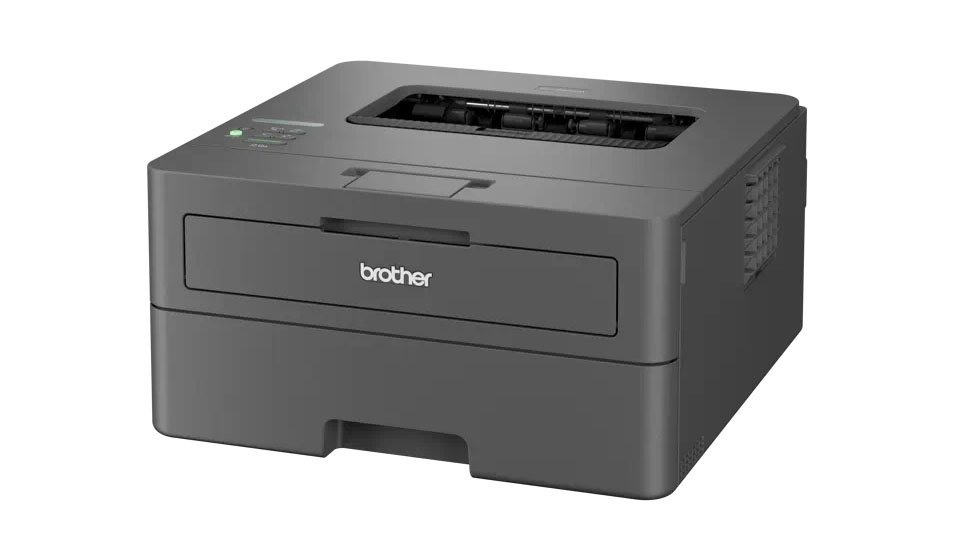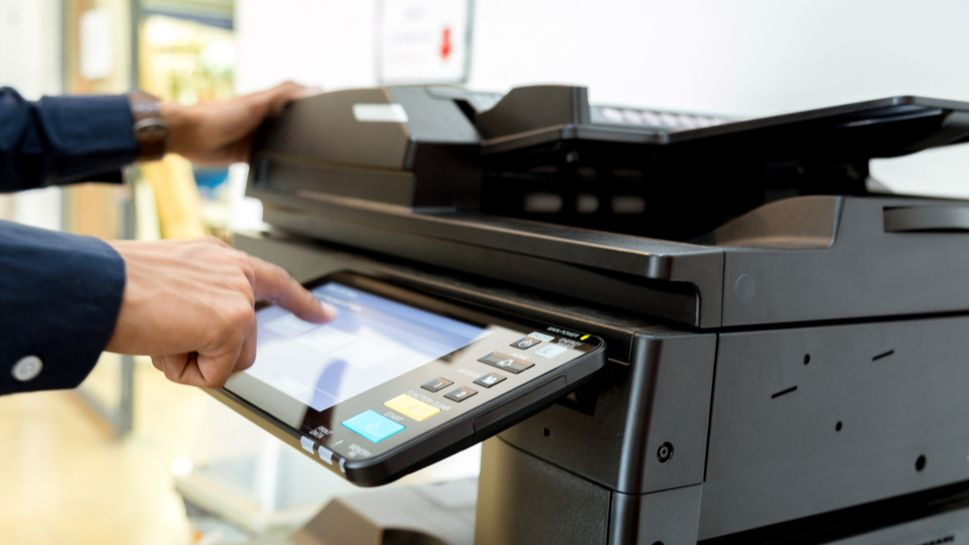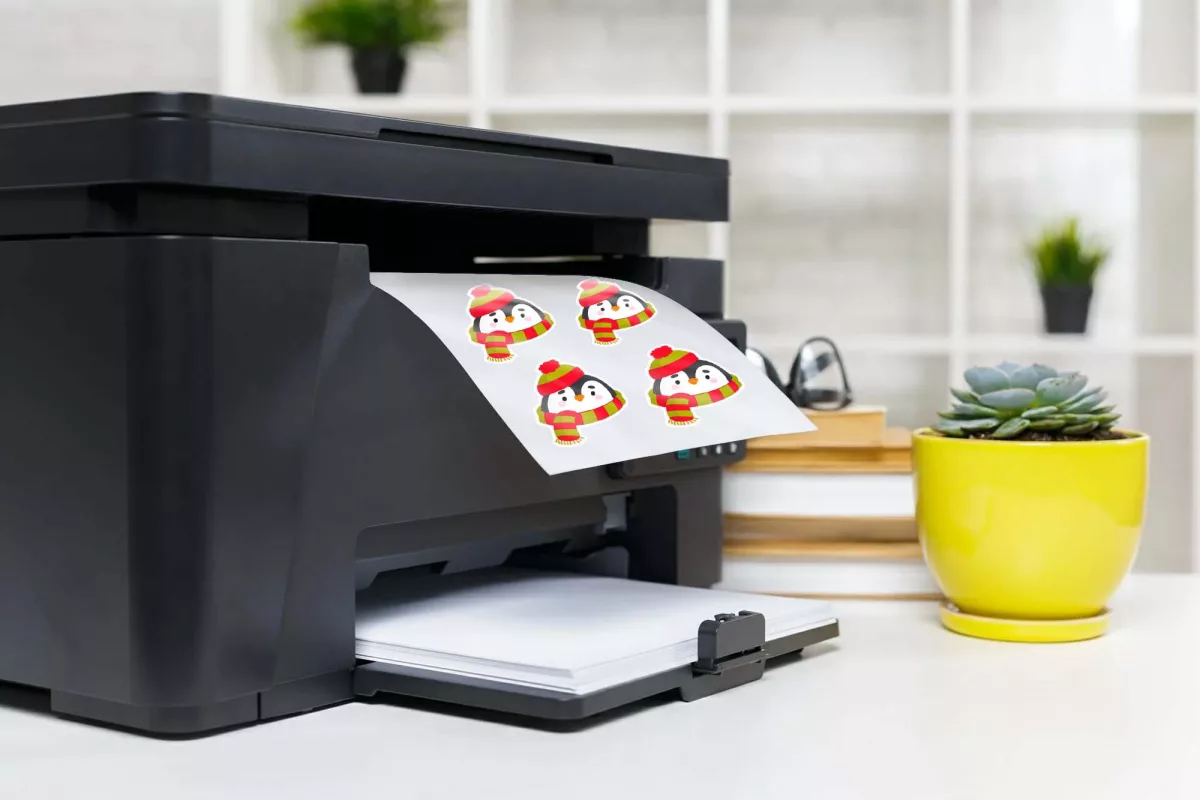Introduction to Printers
Printers are indispensable tools in both personal and professional settings. They transform digital documents into tangible formats, facilitating a range of tasks. The two most common types of printers are inkjet and laser printers. Each has its own set of advantages and disadvantages. Understanding these can help you make an informed decision.

Inkjet printers are known for their versatility and affordability. They are widely used in homes and small offices. Laser printers, on the other hand, are celebrated for their speed and efficiency. They are often the go-to choice for larger offices and businesses. Both types offer distinct features and functionalities.
This article aims to provide a comprehensive comparison between inkjet and laser printers. From design and functionality to maintenance and cost, we will explore every crucial aspect. By the end, you will have a clear understanding of which type best suits your needs. Let’s dive into the world of printers and discover what each has to offer.
Design and Build Quality
Inkjet Printer Design
Inkjet printers are typically designed with versatility in mind. They are compact and lightweight, making them easy to fit into small spaces. This makes them ideal for home offices and small businesses. The design usually includes a paper tray, an ink cartridge compartment, and a control panel. Some models also feature a touchscreen interface for easier navigation.
The build quality of inkjet printers varies depending on the brand and model. Entry-level models are often made from lightweight plastic, making them less durable. However, mid-range and high-end models use more robust materials. These offer better longevity and performance. The control panel is usually straightforward, featuring buttons for key functions like printing, scanning, and copying.
One of the standout design features of inkjet printers is their print head. This component contains multiple nozzles that spray tiny droplets of ink onto the paper. The precision of the print head significantly impacts the print quality. Some advanced models even offer replaceable print heads, extending the printer’s lifespan. The design and build quality of inkjet printers make them versatile and user-friendly.
Laser Printer Design
Laser printers are designed for speed and efficiency. They are generally larger and heavier than inkjet printers. This makes them less portable but more robust. The design includes a toner cartridge, a laser module, and a paper tray. Some models also come with additional features like duplex printing and multiple paper trays.
The build quality of laser printers is typically superior to that of inkjet printers. They are constructed from durable materials, ensuring long-lasting performance. The control panel is often more complex, featuring an array of buttons and a display screen. This allows for more advanced configurations and settings.
A key design feature of laser printers is the laser module. This component uses a laser beam to create an image on a photosensitive drum. The drum then transfers the toner particles onto the paper, producing the final print. This process is faster and more efficient than the inkjet method. The design and build quality of laser printers make them ideal for high-volume printing tasks.
Printing Performance
Print Quality of Inkjet Printers
Inkjet printers are renowned for their exceptional print quality. They excel at producing vibrant, high-resolution images. The precision of the print head allows for detailed prints, making them ideal for photographs and graphics. The color gamut is expansive, ensuring accurate color reproduction.
One of the main advantages of inkjet printers is their ability to print on various media types. These include plain paper, photo paper, and even fabric. This versatility makes them suitable for a range of applications, from home printing to professional photo printing. The ink used in inkjet printers is usually dye-based or pigment-based. Dye-based inks are known for their bright, vivid colors, while pigment-based inks offer better longevity and water resistance.
However, inkjet printers do have limitations. They are generally slower than laser printers, especially when printing text documents. The ink can also smudge if not handled carefully. Additionally, the print quality can degrade if the nozzles become clogged. Regular maintenance is essential to ensure optimal performance. Despite these drawbacks, the print quality of inkjet printers makes them a popular choice for high-resolution printing tasks.
Print Quality of Laser Printers
Laser printers are celebrated for their superior text quality and fast printing speeds. They produce sharp, crisp text, making them ideal for documents and reports. The laser technology ensures that each character is well-defined, enhancing readability. This makes laser printers the preferred choice for office environments.
One of the standout features of laser printers is their speed. They can print multiple pages per minute, significantly outpacing inkjet printers. This efficiency makes them suitable for high-volume printing tasks. The print quality remains consistent even at high speeds, ensuring reliable performance. Laser printers use toner rather than ink, which eliminates the risk of smudging.
However, laser printers have their own set of limitations. While they excel at text printing, their color printing capabilities are not as advanced as inkjet printers. The color gamut is more limited, making them less suitable for high-resolution images and photographs. Additionally, laser printers require a warm-up period, which can be inconvenient for small print jobs. Despite these drawbacks, the print quality of laser printers makes them a reliable choice for text-heavy documents.
Speed and Efficiency
When it comes to speed and efficiency, laser printers have a clear advantage. They can print multiple pages in a fraction of the time it takes an inkjet printer. This makes them ideal for environments where time is of the essence. The speed of a laser printer is measured in pages per minute (PPM). High-end models can achieve speeds of up to 40 PPM or more.
Inkjet printers, on the other hand, are generally slower. The speed varies depending on the model and the complexity of the print job. High-resolution images take longer to print compared to text documents. The speed of an inkjet printer is also measured in PPM, but the values are usually lower than those of laser printers. Entry-level models may achieve speeds of around 10 PPM, while advanced models can reach up to 20 PPM.
Efficiency is another important factor to consider. Laser printers are more efficient in terms of cost per page. The toner cartridges last longer and can print more pages compared to inkjet cartridges. This reduces the frequency of replacements and lowers overall printing costs. Inkjet printers, while versatile, tend to have a higher cost per page due to the frequent need for ink replacements. The speed and efficiency of laser printers make them a cost-effective choice for high-volume printing tasks.
Cost and Maintenance
Initial Purchase Cost
The initial purchase cost is a significant factor when choosing between an inkjet and a laser printer. Inkjet printers are generally more affordable. Entry-level models can be purchased for as little as $50. Mid-range models, which offer better features and performance, usually range from $100 to $200. High-end inkjet printers designed for professional use can cost upwards of $300.
Laser printers, on the other hand, tend to have a higher initial purchase cost. Entry-level models typically start at around $100. Mid-range models, suitable for small to medium-sized offices, range from $200 to $500. High-end laser printers designed for large businesses or specialized applications can cost over $1,000. The higher initial cost of laser printers reflects their superior speed, efficiency, and durability.
While the initial purchase cost of inkjet printers is lower, it’s essential to consider the long-term costs. Inkjet printers require frequent ink cartridge replacements, which can add up over time. Laser printers, although more expensive upfront, have lower long-term costs due to the longevity of toner cartridges. The initial purchase cost should be weighed against the total cost of ownership to make an informed decision.
Operating Costs
Operating costs are a crucial factor to consider when choosing a printer. Inkjet printers typically have higher operating costs due to the frequent need for ink replacements. Ink cartridges are relatively expensive, and their capacity is limited. This means they need to be replaced more often, increasing the cost per page. Some manufacturers offer high-capacity ink cartridges, which can reduce the frequency of replacements. However, these cartridges are usually more expensive.
Laser printers, on the other hand, have lower operating costs. Toner cartridges have a higher capacity and can print more pages compared to ink cartridges. This reduces the frequency of replacements and lowers the cost per page. Additionally, toner cartridges tend to have a longer shelf life. They are less likely to dry out or become clogged compared to ink cartridges. The higher initial cost of laser printers is offset by their lower operating costs, making them a cost-effective choice in the long run.
Another factor to consider is the cost of maintenance and repairs. Inkjet printers may require regular maintenance to keep the print heads clean and prevent clogging. This can add to the overall operating costs. Laser printers, while more durable, may require professional servicing for complex issues. However, their robust construction ensures fewer maintenance needs overall. The operating costs of inkjet and laser printers should be carefully evaluated to determine the most cost-effective option.
Maintenance Requirements
Maintenance is an important aspect of printer ownership. Regular maintenance ensures optimal performance and extends the lifespan of your printer. Inkjet printers require more frequent maintenance compared to laser printers. The print heads can become clogged, especially if the printer is not used regularly. Cleaning the print heads and running maintenance cycles can help prevent clogging. Some inkjet printers come with self-cleaning functions, which can simplify routine maintenance.
Laser printers, on the other hand, require less frequent maintenance. The toner cartridges are less likely to dry out or become clogged compared to ink cartridges. This reduces the need for regular cleaning and maintenance. However, laser printers may require periodic servicing to maintain optimal performance. This can include cleaning the drum unit and replacing the fuser. The maintenance requirements of laser printers are generally lower compared to inkjet printers, making them more convenient for long-term use.
It’s also important to consider the availability of replacement parts and supplies. Both inkjet and laser printers require periodic replacement of consumables like ink, toner, and paper. Ensuring that replacement parts are readily available can simplify maintenance and reduce downtime. The maintenance requirements of inkjet and laser printers should be considered to determine the most suitable option for your needs.
Versatility and Applications
Versatility of Inkjet Printers
Inkjet printers are known for their versatility. They can handle a wide range of printing tasks, from text documents to high-resolution images. This makes them suitable for various applications, including home printing, professional photo printing, and creative projects. The ability to print on different media types, such as photo paper, cardstock, and fabric, adds to their versatility.
One of the main advantages of inkjet printers is their ability to produce high-quality color prints. The precision of the print head and the use of dye-based or pigment-based inks ensure vibrant and detailed prints. This makes inkjet printers ideal for printing photographs, graphics, and marketing materials. The wide color gamut and accurate color reproduction ensure that your prints look professional and eye-catching.
Inkjet printers are also suitable for small-scale printing tasks. Their compact size and affordability make them ideal for home offices and small businesses. The ability to perform additional functions like scanning, copying, and faxing adds to their versatility. Some inkjet printers even offer wireless connectivity, allowing you to print from your smartphone or tablet. The versatility of inkjet printers makes them a popular choice for various printing needs.
Versatility of Laser Printers
Laser printers are designed for speed and efficiency, making them ideal for high-volume printing tasks. They excel at producing sharp, crisp text, making them suitable for documents, reports, and letters. The superior text quality ensures that your documents are clear and professional. This makes laser printers the preferred choice for office environments and businesses that require high-volume document printing.
While laser printers are best known for their text quality, they also offer color printing capabilities. However, their color printing capabilities are not as advanced as those of inkjet printers. Laser printers have a more limited color gamut, making them less suitable for high-resolution images and photographs. Despite this limitation, they can still produce acceptable color prints for charts, graphs, and marketing materials.
Laser printers also offer additional features that enhance their versatility. Many models come with duplex printing, allowing you to print on both sides of the page. This reduces paper usage and lowers overall printing costs. Some laser printers also offer wireless connectivity, enabling remote printing from smartphones and tablets. The versatility of laser printers makes them suitable for a wide range of applications, from high-volume document printing to color printing tasks.
Specialized Applications
Both inkjet and laser printers have specialized applications that cater to specific needs. Inkjet printers are often used in creative industries, such as photography, graphic design, and arts and crafts. The ability to produce high-quality color prints and print on various media types makes inkjet printers ideal for creative projects. Professional photographers and graphic designers often rely on high-end inkjet printers to produce gallery-quality prints.
Laser printers, on the other hand, are commonly used in office environments and businesses that require high-volume document printing. Their speed and efficiency make them ideal for environments where large volumes of documents need to be printed quickly. Legal firms, financial institutions, and educational institutions often rely on laser printers to handle their printing needs. The ability to produce sharp, crisp text ensures that documents are clear and professional.
Specialized applications also include mixed printing environments where both text and images are needed. Some businesses may require both types of printers to handle a diverse range of printing tasks. Understanding the specialized applications of inkjet and laser printers can help you determine the most suitable option for your specific needs.
User Experiences and Testimonials
Positive Feedback for Inkjet Printers
Inkjet printers have received overwhelmingly positive feedback from users. Many users appreciate the exceptional print quality and versatility offered by inkjet printers. The ability to produce high-resolution color prints is frequently highlighted as a significant advantage. Users also praise the compact size and affordability of inkjet printers, making them ideal for home offices and small businesses.
The ease of use and user-friendly design are other points of praise for inkjet printers. Users find the setup process to be straightforward and appreciate the intuitive control panels. The ability to perform additional functions like scanning, copying, and faxing adds to the overall user experience. The versatility and high-quality printing capabilities of inkjet printers make them a popular choice for various printing needs.
However, users also acknowledge some limitations of inkjet printers. The higher operating costs and frequent need for ink replacements are noted as potential drawbacks. Despite these limitations, the positive feedback reflects the high quality and user-friendly design of inkjet printers. The ability to produce professional-quality prints and handle a range of printing tasks makes inkjet printers a valuable addition to any setting.
Positive Feedback for Laser Printers
Laser printers have also received positive feedback from users. Many users appreciate the superior text quality and fast printing speeds offered by laser printers. The ability to produce sharp, crisp text is frequently highlighted as a significant advantage. Users also praise the durability and efficiency of laser printers, making them suitable for high-volume printing tasks.
The cost-effectiveness and lower operating costs of laser printers are other points of praise. Users find that the toner cartridges last longer and reduce the frequency of replacements. This makes laser printers a cost-effective choice for both personal and professional use. The ability to handle large printing volumes and maintain consistent print quality adds to the overall user experience.
However, users also acknowledge some limitations of laser printers. The higher initial purchase cost and limited color printing capabilities are noted as potential drawbacks. Despite these limitations, the positive feedback reflects the high quality and efficient performance of laser printers. The ability to handle high-volume printing tasks and produce professional-quality documents makes laser printers a popular choice for various settings.
Expert Reviews
Experts in the field of printing technology also hold inkjet and laser printers in high regard. Many experts praise the exceptional print quality and versatility offered by inkjet printers. The ability to produce high-resolution color prints and print on various media types is frequently highlighted as a significant advantage. Experts also appreciate the compact size and affordability of inkjet printers, making them ideal for home offices and small businesses.
Laser printers are also highly regarded by experts. The superior text quality and fast printing speeds offered by laser printers are frequently praised. Experts highlight the cost-effectiveness and lower operating costs of laser printers, making them suitable for high-volume printing tasks. The durability and efficiency of laser printers are also noted as significant advantages.
Some experts highlight the importance of understanding the specific needs and requirements when choosing between an inkjet and a laser printer. The choice depends on factors such as print quality, speed, cost, and versatility. Positive expert reviews affirm the high quality and user-friendly design of both inkjet and laser printers. Understanding the expert insights can help you make an informed decision.
Conclusion
Choosing between an inkjet and a laser printer depends on various factors, including print quality, speed, cost, and versatility. Inkjet printers offer exceptional print quality and versatility, making them ideal for home offices and creative projects. The ability to produce high-resolution color prints and print on various media types is a significant advantage. However, inkjet printers tend to have higher operating costs and require frequent maintenance.
Laser printers, on the other hand, offer superior text quality and fast printing speeds, making them ideal for high-volume printing tasks. The cost-effectiveness and lower operating costs of laser printers make them suitable for both personal and professional use. However, laser printers have a higher initial purchase cost and limited color printing capabilities.
Understanding the specific needs and requirements of your printing tasks can help you make an informed decision. The detailed comparison provided in this article ensures that you can weigh the pros and cons of each type of printer. Both inkjet and laser printers have their unique advantages and limitations, making them suitable for different applications.
In conclusion, both inkjet and laser printers offer valuable features and functionalities. Choosing the right printer depends on your specific needs and preferences. Whether you need a printer for high-resolution color printing or high-volume document printing, both inkjet and laser printers offer reliable and efficient solutions. The detailed exploration provided in this article ensures that you can make an informed decision and choose the most suitable printer for your needs.



